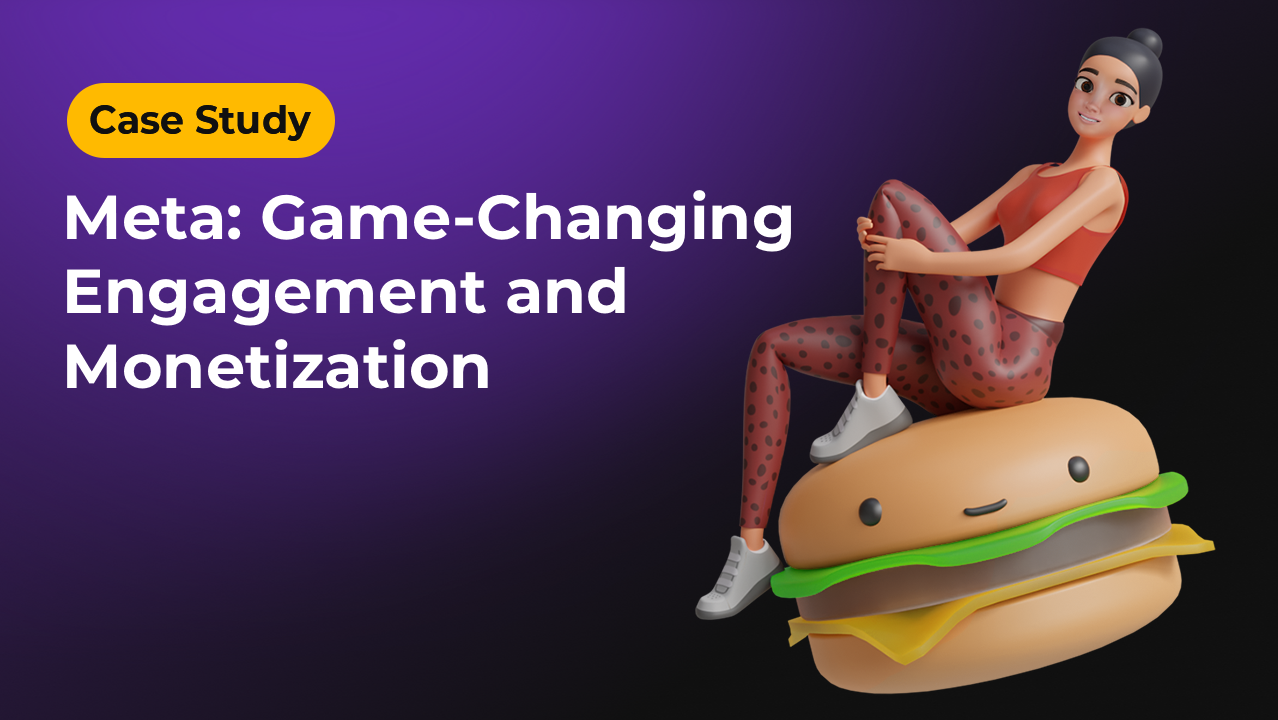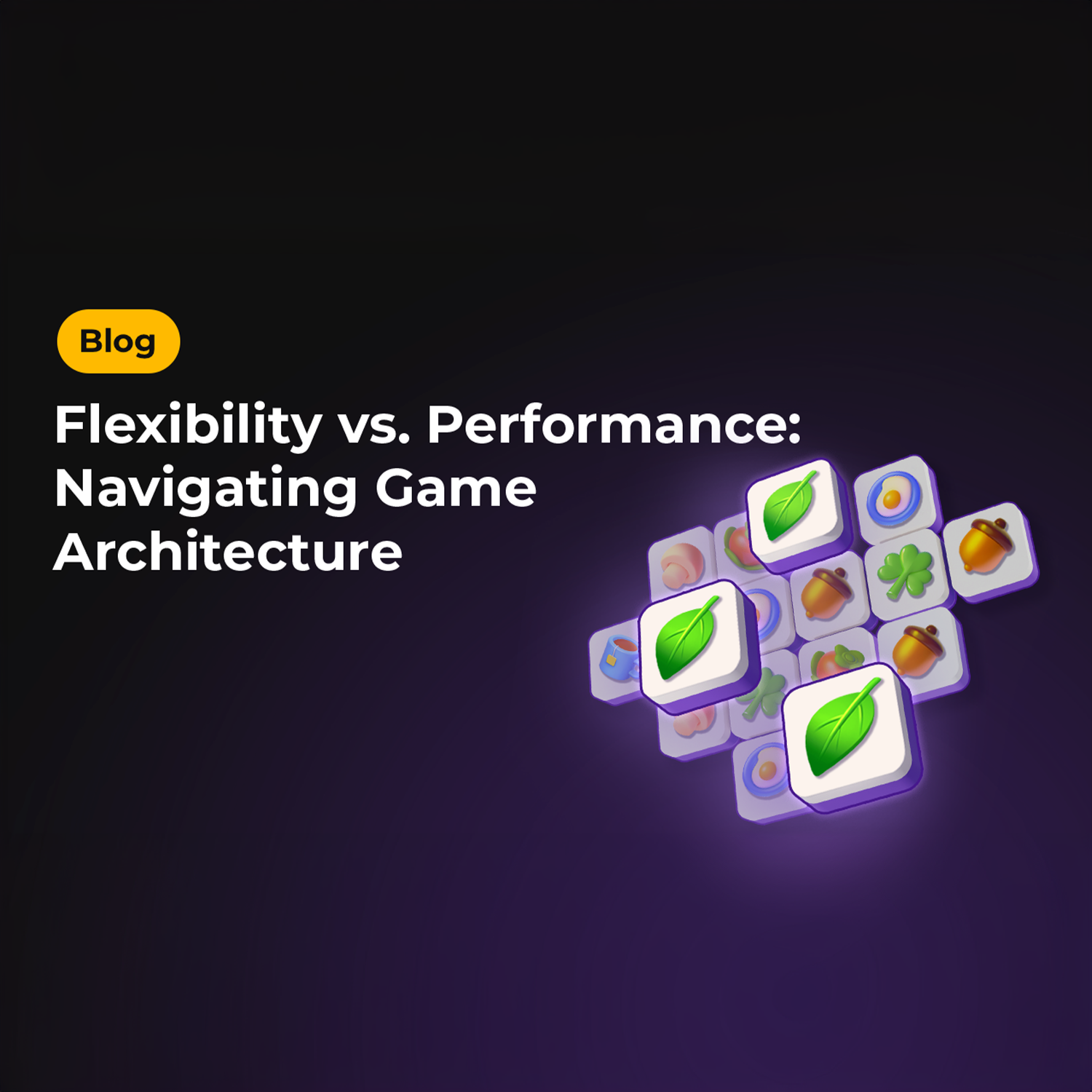Unlocking the Power of Meta: Enhancing Engagement and Monetization in Game Development

“Meta” is a combination of game features that creates objectives for the player during the game cycle, engaging and monetizing them over a longer period of time.
Today, we want to show you how the meta is implemented in our Free-To-Play projects, Count Masters and Twerk Race 3D.
What are these projects?
Count Masters is a runner game where players control a crowd by swiping left and right. The size of the crowd determines the player’s victory over the boss at the finish line.
Twerk Race 3D is a third-person runner game where the player has to eat burgers or shakes to pump up their buttocks and compete in a twerk battle at the finish line.
Both games have high-quality visuals and relatively short gameplay sessions. The games feature a rich meta game functionality, more typical for casual and mid-core games, that provides ample opportunities for monetizing the meta, which is not very common in the hyper-casual game market.
What opportunities do meta-layers provide in hyper-casual games?
1. Stand out from the competition
Many hyper-casual games have similar core game mechanics, making them quite alike. Adding a unique meta-layer can help differentiate your game from others.
2. Increase player engagement and retention
A new game world and mechanics can enhance the overall gaming experience and make it more enjoyable. The meta-game tasks and goals keep players engaged and create a sense of progression.
3. Expand your audience
Players who enjoy quick game sessions may find a simple game-runner entertaining, but by adding a layer of customization, we can also attract those who value self-expression through customizing game characters.
4. Get new monetization opportunities
Adding a meta-layer to the game creates more player development opportunities, as well as a more complex in-game economy. New in-game items can be introduced, motivating players to buy them to improve their gaming experience. This provides the possibility of hybrid monetization, allowing you to earn not only from ads but also from purchases.
What problems can meta-layers solve?
If you want to increase retention with the help of meta-layers, for example, a great solution is a cumulative daily bonus. The value of the reward increases daily, and on the final day of the week, players can win a jackpot that can only be obtained if they do not miss a single day. This meta-mechanic creates a long-term goal—to receive a big reward at the end of the week—and to achieve this goal, it motivates players to log in daily.
For effective use, meta-mechanics should be short, simple, and easy to understand. However, even under these conditions, they can become repetitive and boring to users over time. Therefore, it’s necessary to create new reasons to keep playing, such as unlocking a new character or advancing to the next level. All of this will lead to an increase in retention.
What problems can Meta have?
Anyone who starts working with the Meta can encounter two crucial problems:
- Mismatch between the target audience of the core gameplay and the target audience of the Meta. If these audiences are too different, the Meta will cause significant discomfort for players and decrease satisfaction with the gaming experience.
- Imbalance in attention between the Meta and the core gameplay. When the Meta consumes too much of the player’s time and attention, it can negatively affect the enjoyment of the game. For example, if the Meta significantly lags behind the core gameplay in terms of engagement, players have to spend a lot of time in it while receiving significantly less enjoyment.
It is important to address these issues and ensure that the Meta aligns with the target audience and strikes the right balance in attention, enhancing the overall gaming experience.
Meta in our projects
When preparing the game’s meta, you should answer several questions:
- How long can you retain your target audience?
- What are the project’s average gameplay session metrics?
- What is the project’s difficulty curve?
- How costly will it be for you to develop meta game functionality?
- How deep/scalable is the core gameplay, and how it will work in combination with the metagame?
- What USP of your project can be targeted with meta?
Answering these questions will help you better understand what kind of meta is suitable for you so that you can proceed with its development.
Based on the above points, we started developing the meta-game for the game Count Masters with the goal of increasing the game’s retention. We immediately provided for flexible meta-mechanics settings so that in the future, it could be easily transferred to our other projects. As a result, we managed to create a meta-mechanic that was completely separated from the game’s core logic.
We also implemented a fast transition mechanic between the core gameplay and the mini-games of the meta, which allows us to easily expand the meta with new game mechanics while maintaining the game’s speed.
The idea of the meta-mechanic for Count Masters was to build our own army and collect resources to later attack an enemy and capture their territories. The capture is implemented in the form of a small game, where we choose the path of our crowd to attack the enemy and capture their castle as the player level grows.
Thanks to making the meta in our first project universal, it was easy to transfer it to subsequent ones and saved us a lot of time. For our next project, Twerk Race 3D, we adapted the meta-mechanics to a gym setting, where players can build new equipment and unlock new areas to develop their gym. Additionally, the user helps to manage the gym by monitoring the water level, etc., and can participate in tournaments with other players in the arena.
Visually, the meta in both games is quite different, but it is built on a common core that we expanded while maintaining the common elements of construction, opening up new territories, and battling in mini-games.
In addition, in the Count Masters project, we implemented the DOTs technology, which allowed us to optimize the performance of the game’s meta. It seamlessly connected to our main game and laid the groundwork for implementing the technology for future projects.
In Twerk Race 3D, we had the task of creating a player ranking system, which was also developed in such a way as to be able to transfer it to our new games in the future.
As we develop old and new games, we expand the choice of different tools that can support the game’s core. Their quick implementation allows us to greatly speed up the project’s work or more quickly impact such metrics as Retention when the need arises.
The main task of the Meta in all our projects is to offer the user alternative mechanics, an attempt to make their user experience more diverse and engaging. Obviously, developing the Meta makes no sense if your core is boring or poorly engaging to the user, but with proper goal-setting, the Meta can strengthen your project.




